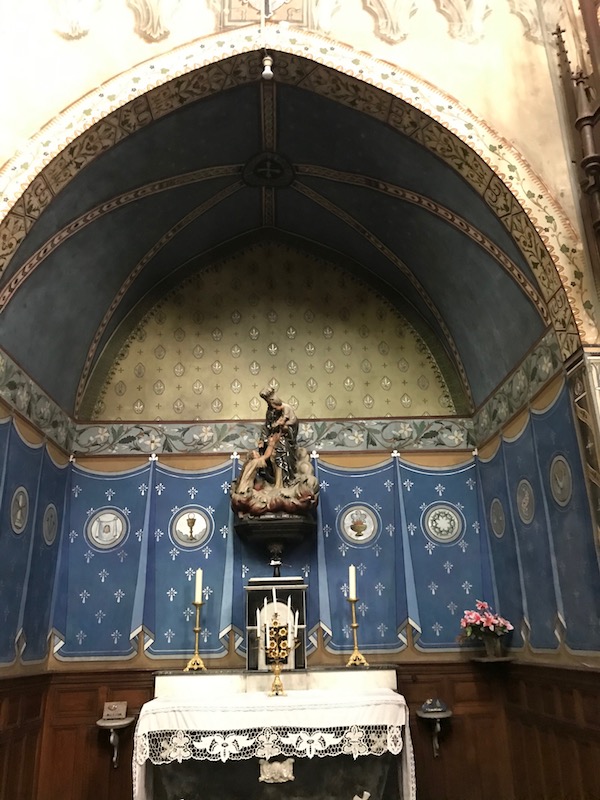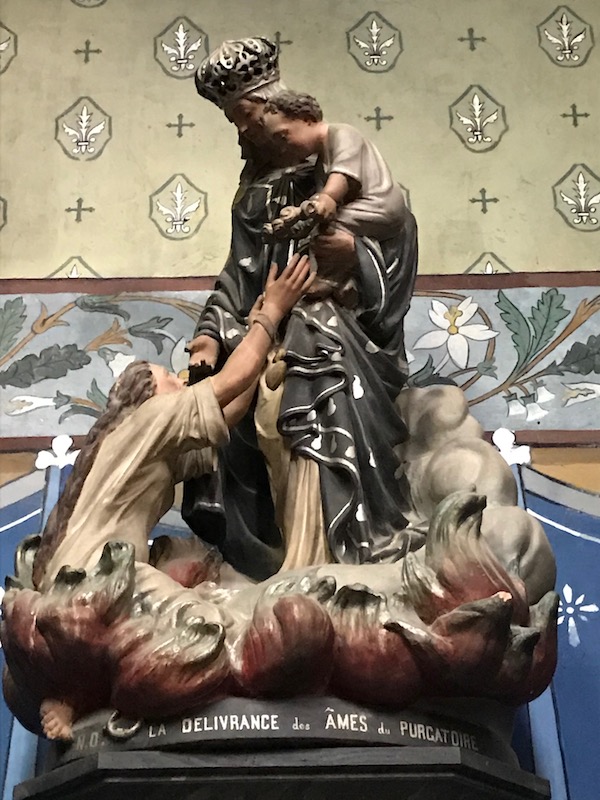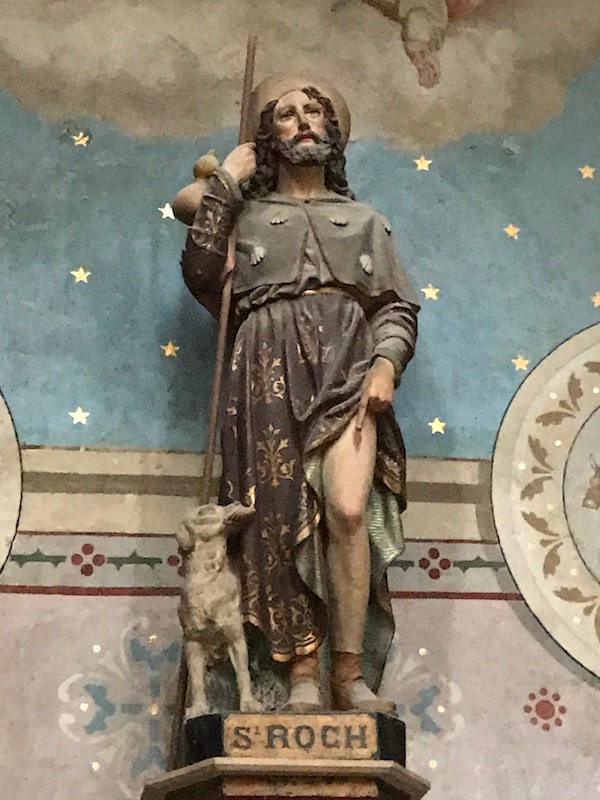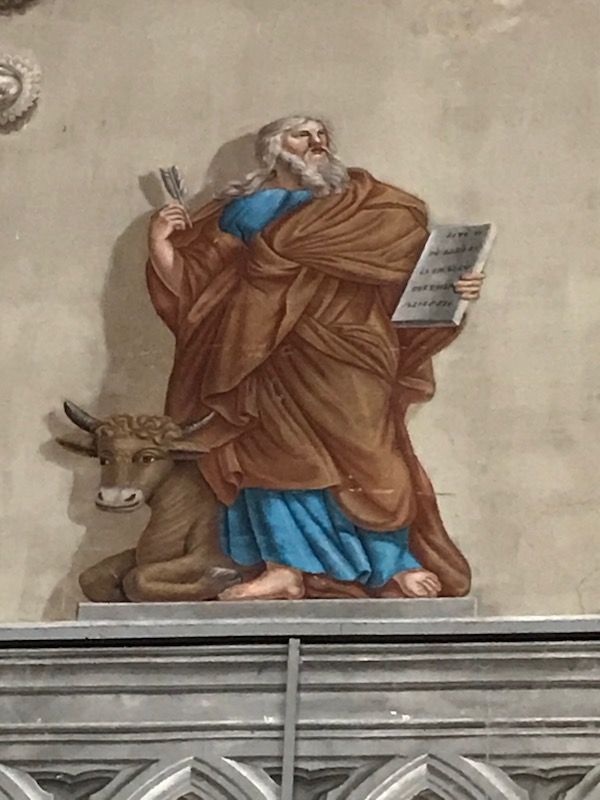Our Blog - Trie-sur-Baïse, France
The royal fortified town of Trie-sur-Baïse was founded in 1323 (at this time, just called Trie. The 'sur-Baïse' part was added later). In 1355, the city was sieged and destroyed by the Prince of Wales (better known as Black Prince) as part of his devastating expeditions to the Southwest of France during the Hundred Year War. The reconstruction of the city started in 1365. For the last several years, the population has remained steady at around 1,000 people. Supposedly, the town is is famous for its annual pig festival known as La Pourcailhade, although I'm not sure if it is being held anymore. Based on documentation, it looks like it was held until 2011 and then stopped. I saw one article that said it was restarting in 2018, but not sure if it was held then, or if it will be held again post-COVID.
It was a bastide, so the town was surrounded by walls and gates. Some of the fortifications are still visible, such as the Round Tower and the Square Tower dating back to the 14th and 15th centuries.


Every town needs a church, and in August 1355, the early inhabitants of the town assembled to decide where the church should be built. Snow began to fall and covered the ground except for one spot, which supposedly had the shape of a cross. They took this as a sign and built the first chapel here, dedicated to Notre-Dame-des-Neiges (Our Lady of the snow). The current church, built a century later, has a steeple with massive lines surmounted by a flamboyant Gothic-style spire.



Inside, it is actually quite colorful compared to some of the other churches nearby. The ceiling looks as if it has lots of great moldings with blue in between. I don't know if these are real moldings or a really amazing trompe-l'œil.


Most of the side chapels were colorful but relatively plain. Here, you can see the lovely paintings on the walls but the altarpiece is simple and focuses your eye to the statue of the saint that the chapel is dedicated to ... Sainte Anne in this first one.




Along the upper part of the church, between the side chapels and the ceiling, you can see very old paintings (many restored or in the process of restoration).


Only one stained-glass window that I took a picture of.

The Hotel de Ville, or town hall, is an imposing Empire building sitting right in the middle of town. The local market takes place underneath once a week with the town offices on the upper floor. On two sides are extensions that are in a design called 'Baltard' style, named for the architect Victor Baltard. He is most famous for designing Les Halles, the former central market in Paris. The Baltard-style typically combines iron, cast iron and glass (although there isn't any glass here).


In 1365, a Carmelite Monastery was founded just outside of the bastide. However, arson destroyed the main buildings in 1659 and only the church and cloister was saved from complete destruction. During the Revolution, it national property and was sold off. If you have ever been to The Cloisters museum in New York, you have seen the cloister from this monastery. The museum buildings are centered around four cloisters: the Cuxa, Saint-Guilhem, Bonnefont, and this one from Trie. They were acquired by American sculptor and art dealer George Grey Barnard in France and moved to New York to be reassembled. The church, built in a meridional (Southern) gothic architecture, was fully restored in 1992 and today, it is a center of cultural activities. You can somewhat still see some of the characteristic architecture of the church although if you aren't looking closely, you could miss it!
